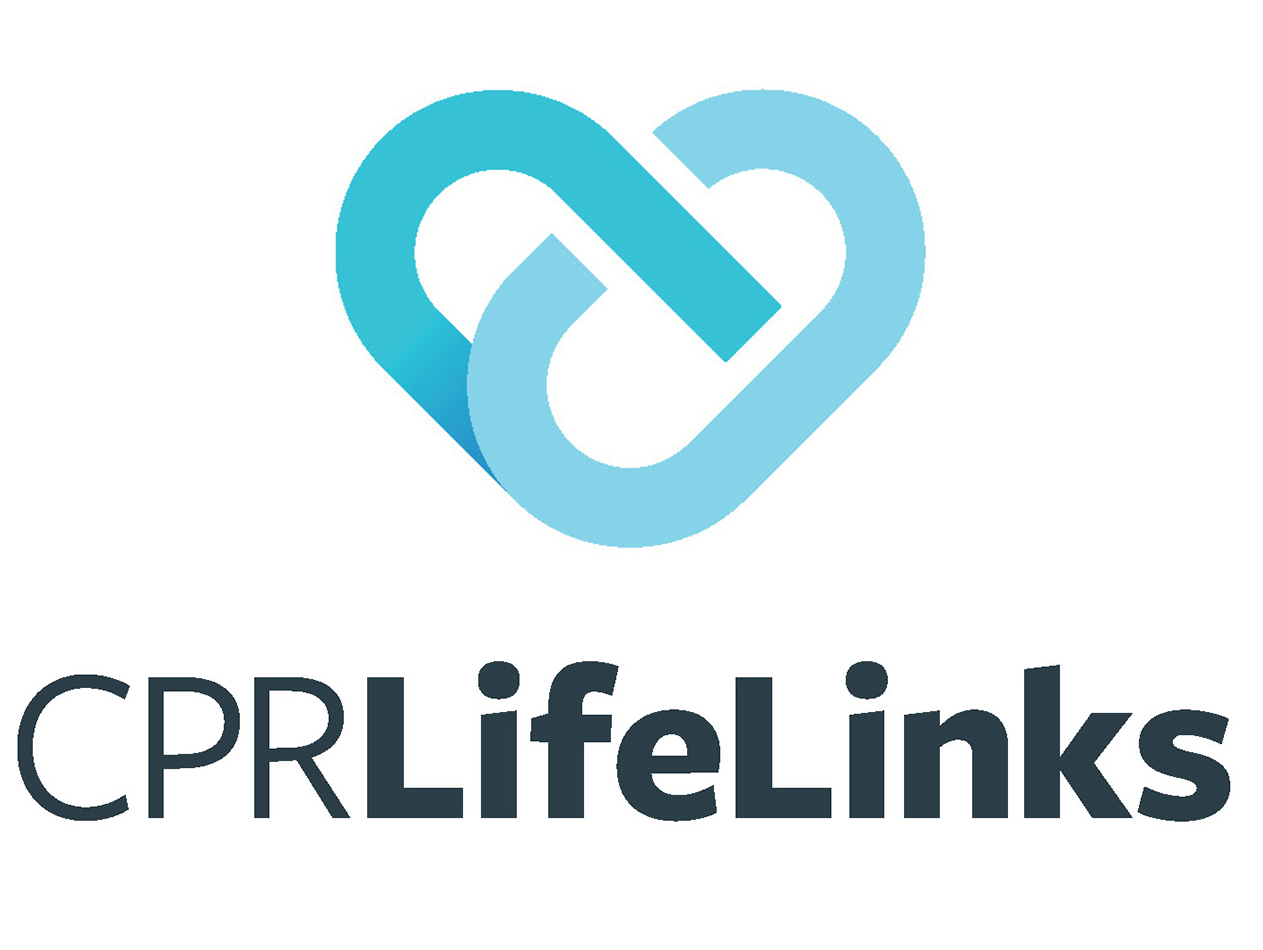Save More Lives with CPR LifeLinks
National initiative aims to improve out-of-hospital cardiac arrest (OHCA) survival by helping EMS services and 911 centers implement high-performance and telecommunicator CPR programs
According to the American Heart Association, only about 10% of out-of-hospital cardiac arrest (OHCA) victims survive. CPR LifeLinks offers a suite of resources to assist organizations in implementing high-performance CPR and telecommunicator CPR programs so more people can return home after suffering OHCA.
The Institute of Medicine’s 2015 report Strategies to Improve Cardiac Arrest Survival: A Time to Act was the catalyst for bringing more than 20 public safety leaders together to address specific recommendations within the report. Paramedics, EMS physicians and 911 training and operational experts formed two working committees and created an implementation toolkit that walks services through improving OHCA outcomes by working together in their communities.
“CPR LifeLinks was designed to create best practices recommendations for telecommunicator CPR and high-performance CPR and help EMS and 911 agencies work together to improve cardiac arrest survival rates,” says Laurie Flaherty, Coordinator of the National 911 Program at NHTSA. “NHTSA’s Office of EMS and National 911 Program are grateful to the experts from across the country who came together to create a tool that will really make a difference in people’s lives.”
The toolkit, available for download, includes information and tips on:
The science of cardiac arrest
Engaging leadership support for CPR improvement programs
Training and continuous quality improvement efforts
Overcoming common challenges to implementation
Establishing survivor recognition programs
The toolkit and website also provide videos and sound recordings to support local efforts to implement and improve high-performance CPR and telecommunicator CPR programs.
Sudden cardiac arrest impacts every community. To learn more and begin improving your response to these emergencies today, visit ems.gov today.



